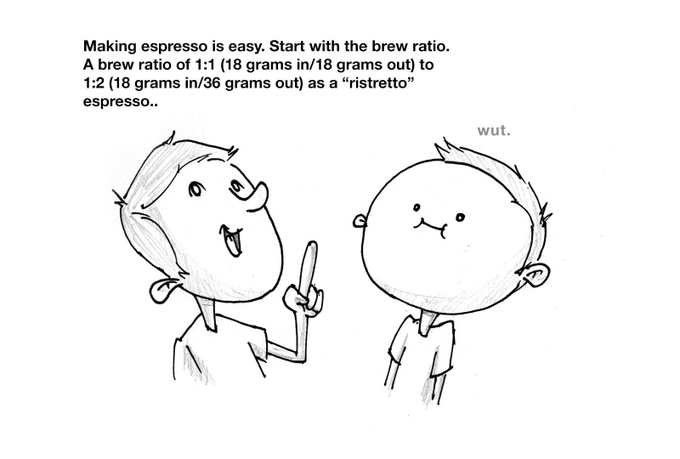While explaining your product to your customer, do you feel “Why aren’t they getting it? It’s not that hard. Why aren’t they able to grasp this simple thing about my product?”
Behavior scientists think there might be a reason for this…

Simply put, the Curse of Knowledge bias is when you know something and assume that others do, too. So you communicate with them expecting them to have a background in something they simply don’t. This can cause miscommunication, confusion and misalignment.
Also known as the Curse of Expertise, this bias affects us in all spheres of life, and especially in the workplace.
Curse of Knowledge Bias in Sales Teams
Sales reps are prone to this bias because of their deep knowledge of their product/service. It’s common for salespeople to gloss over vital information during a sale because they assume their prospect already understands it. Or to talk using jargon that the customer has no background knowledge in. These assumptions cause buyers to be confused and not make the purchase and can be detrimental to your business.
Insightful articles like this one explain how to ensure this bias doesn’t affect how you sell to your prospects.
However sales leaders are prone to this bias too and this can be detrimental to how they lead their teams.
When leaders speak in abstract terms that make sense to them, frontline employees may lose sight of what is being asked of them. Miscommunication inevitably ensues, with teams having no idea what their priorities are and how it impacts their daily work schedule or the metrics by which their performance is being rated.
How Sales Leaders can defeat the Curse of Knowledge Bias
Here are some strategies you can use to overcome this cognitive bias in your sales teams.
Communicate your priorities clearly
Ensure that the language you use to speak to your teams is not full of jargon or opaque business speak. For instance rather than saying “customer delight”, spell out what that would look like. HBR writers Chip and Dan Heath say stories help overcome the Curse of Knowledge Bias. They cite the example of FEDx using a new delivery agent’s perseverance to convey the point that FEDx takes its strategic aim of being the most reliable shipping company in the world seriously.
This translates the strategic aim into what the behavior on the ground should look like.
Align your priorities to their daily work
Strategic priorities should be tied into the team’s KPIs with clear communication about their order of importance. Customers use worxogo Nudge Coach to create a system of weighted points to highlight business priorities. Furthermore these priorities are clearly linked to company incentives schemes to encourage the appropriate selling behaviors around these focus areas. [Nudge Coach incentive module is almost out, write to us for a preview]
Celebrate them getting it right
As always, celebrating the small wins is a vital part of any behavior change initiative. Celebrating individuals with a call out in front of the entire team or a personal message can be immensely impactful in cementing new behaviors and driving engagement and motivation.
Rinse and Repeat
Assess if your team is getting aligned and you start seeing behaviors that will lead to the outcomes you want. If not, check the three steps to see where you are neglecting to communicate your knowledge to your team in concrete ways.
Don’t let your depth of knowledge and expertise in your field be a stumbling block for your team. Instead leverage your strengths by communicating them differently. Use concrete examples, stories, tie them to specific behaviors & expected outcomes and celebrate when your team gets it right.
AI tools like worxogo Nudge Coach can help you align your teams for maximum productivity at scale. To know more click here.
Image Credit:
Photo by Agnese Kisune on Unsplash


